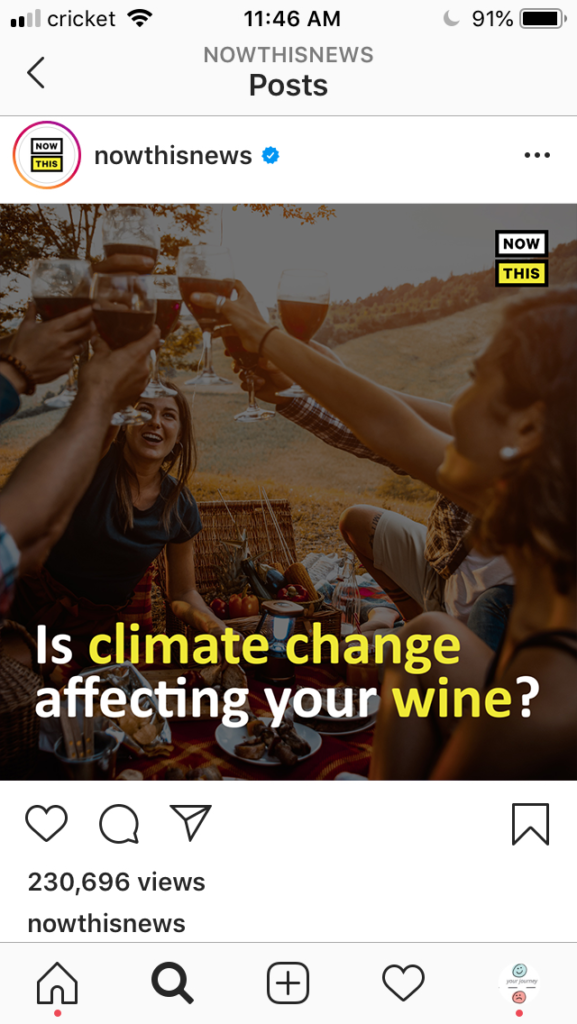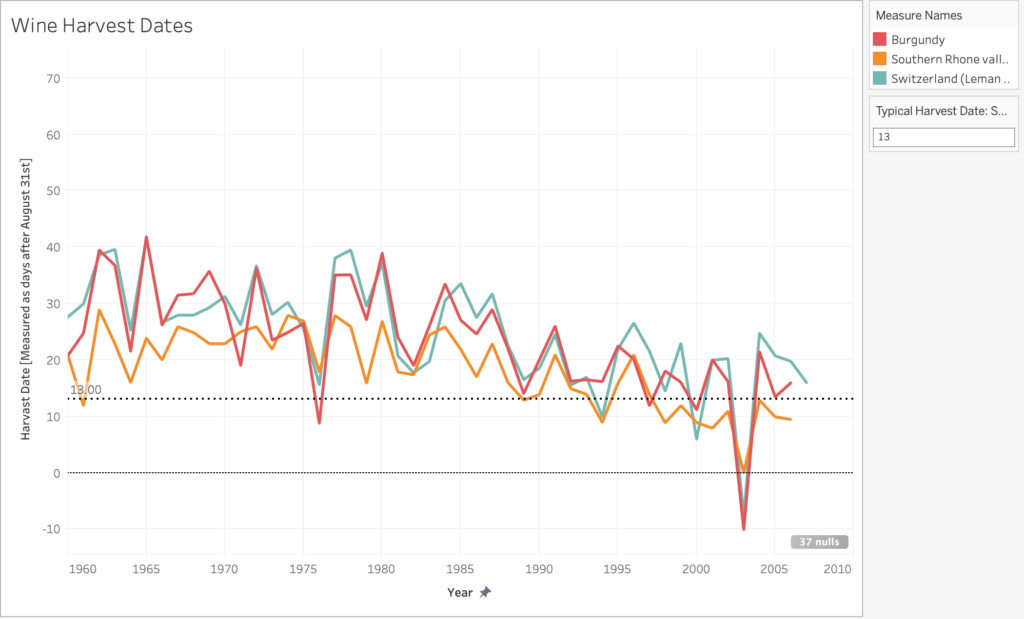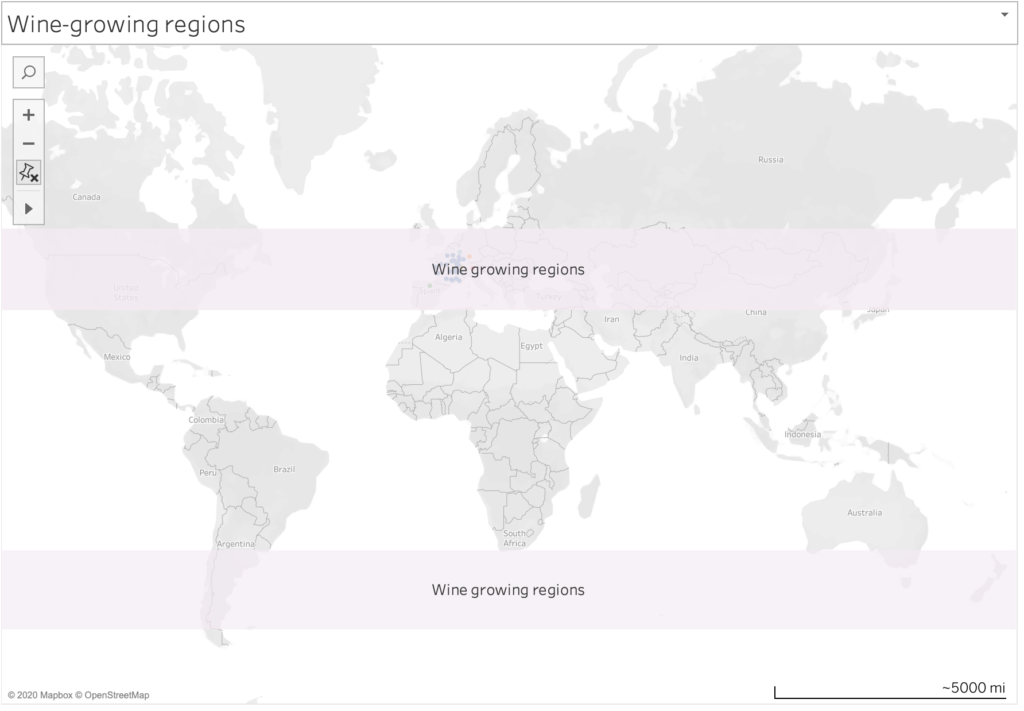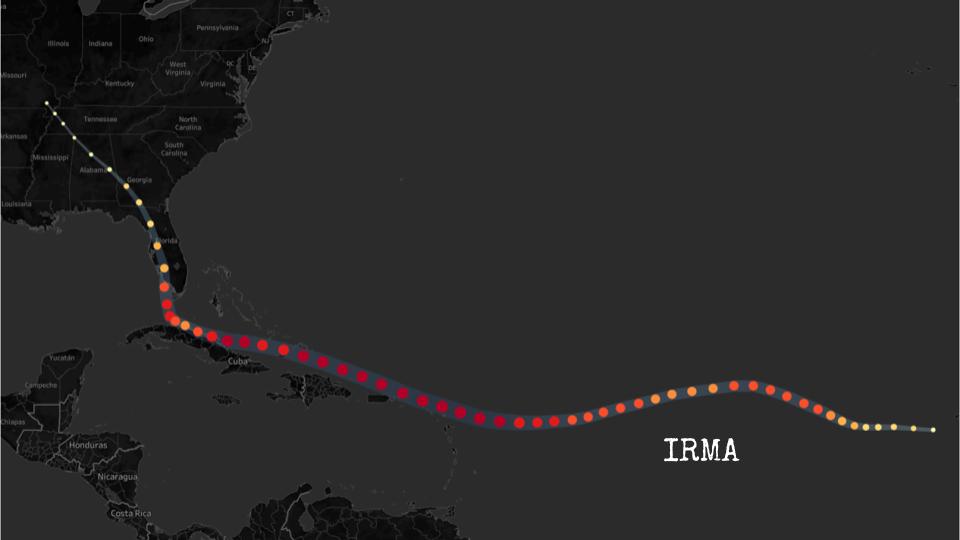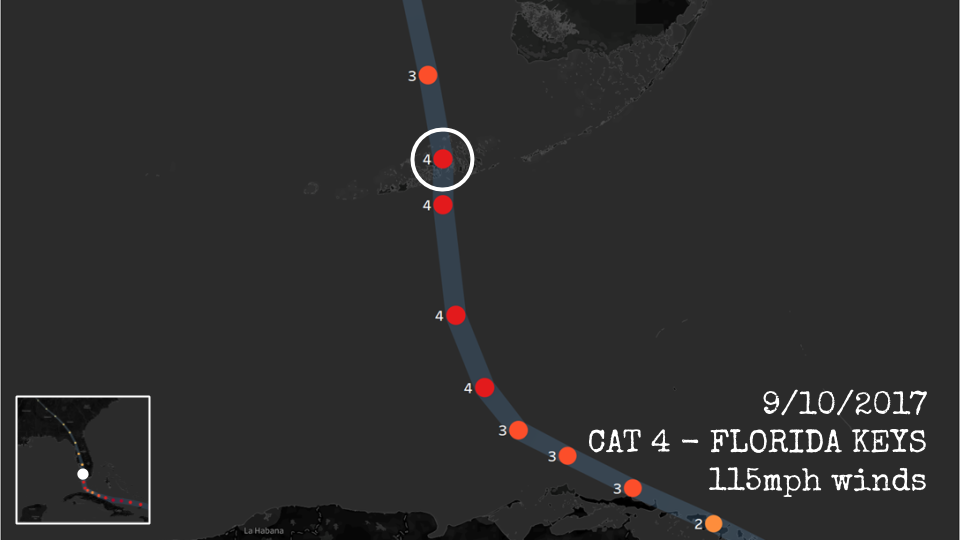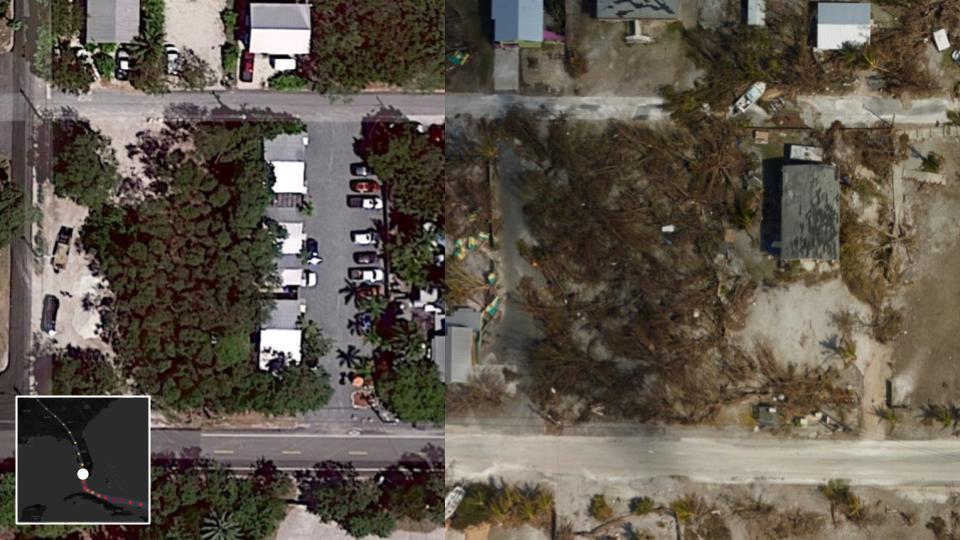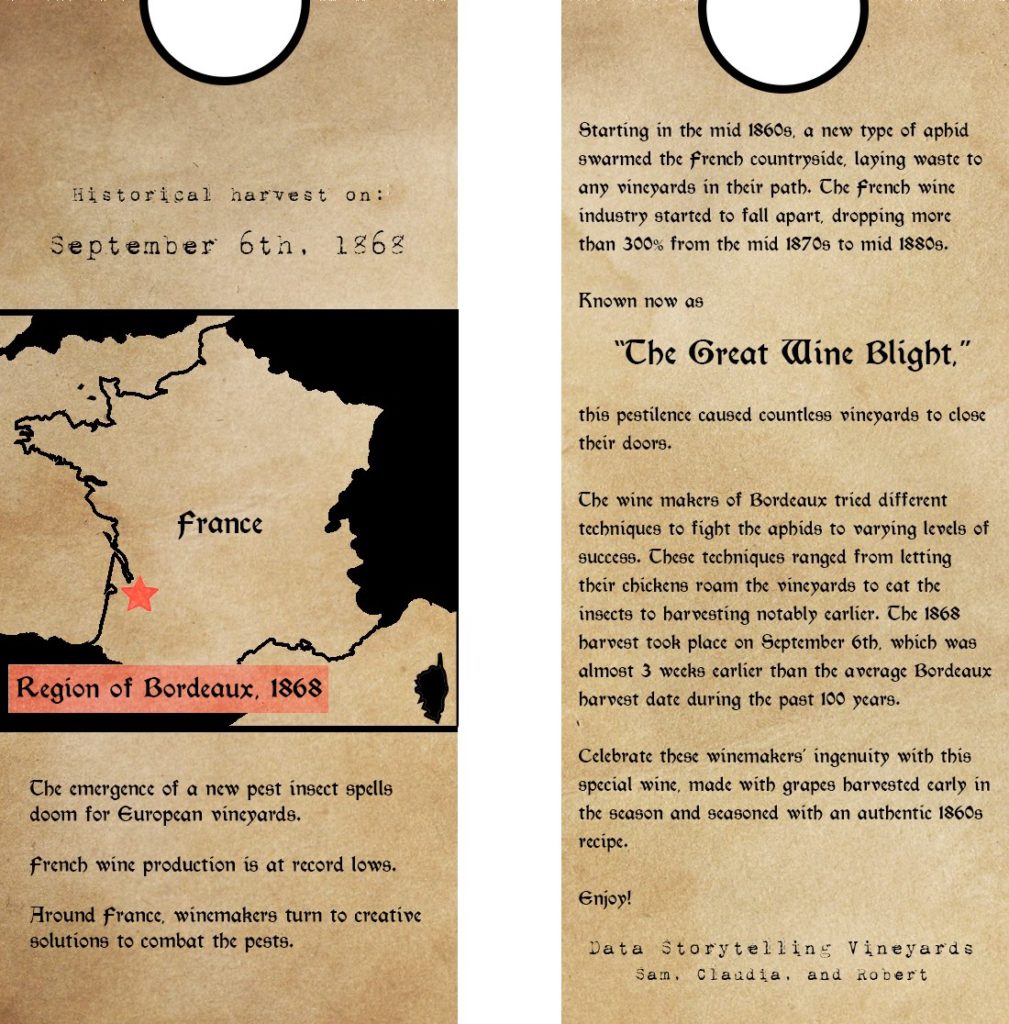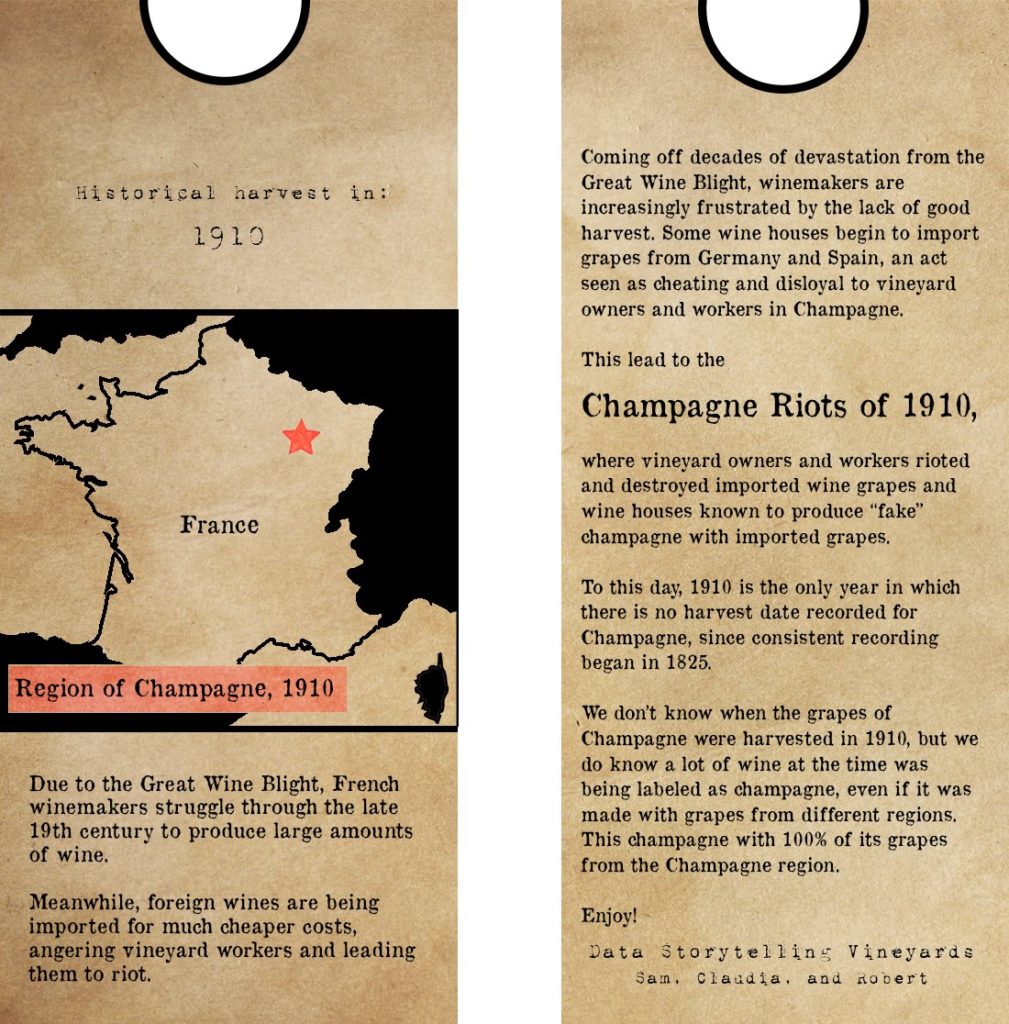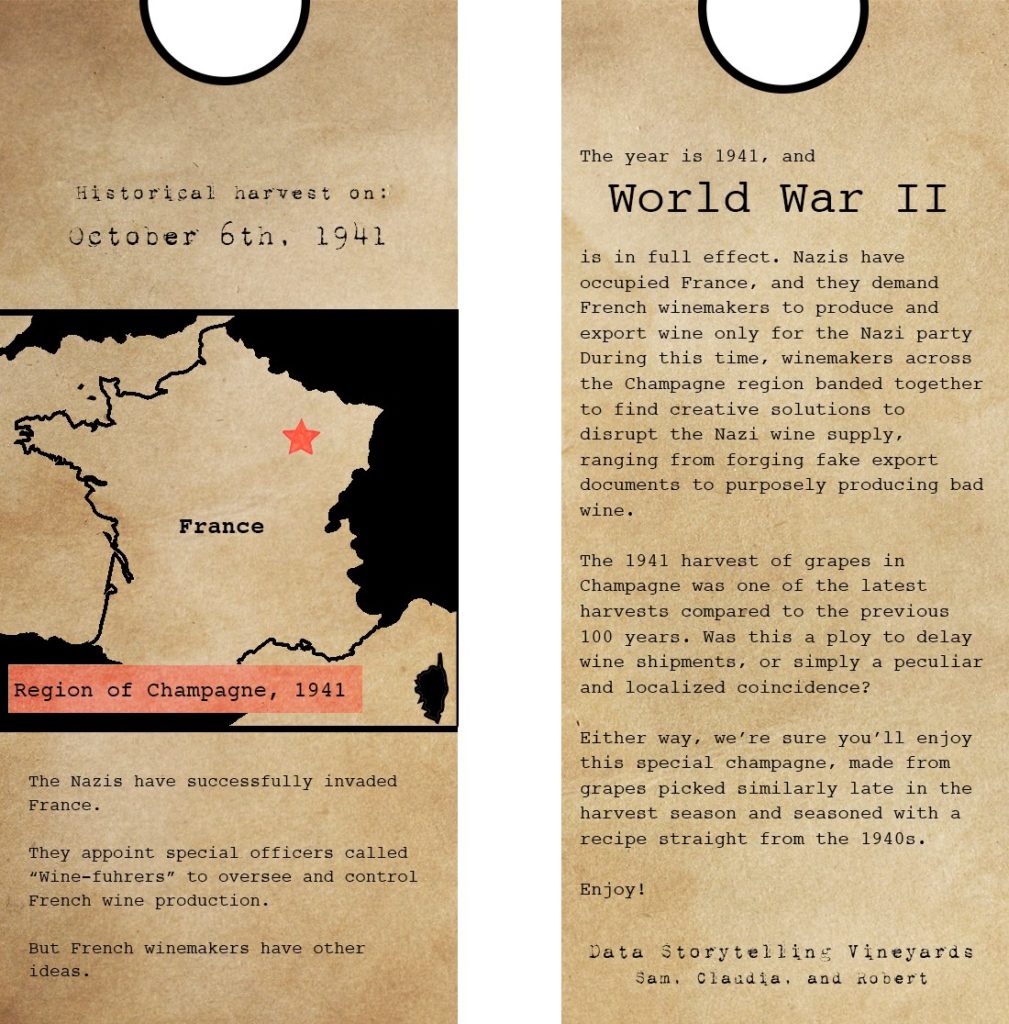Hamed Mounla, Sule Kahraman, Thiago Medaglia
A study on the differential effects of selected climate factors on French wine grape harvesting
VIDEO: https://youtu.be/qVcJgMXCHdA
We have chosen to work with the dataset of grape harvest dates (GHD) series that has been compiled from international, French and Spanish literature and from unpublished documentary sources from public organizations and from wine-growers: https://www.ncdc.noaa.gov/paleo-search/study/13194
After analysing the data, we decided to google for other references, and that’s how we’ve found the following article: https://www.carbonbrief.org/climate-change-brings-early-grape-harvests-for-french-wine
That specific piece was inspired by a study published at the journal Nature (Climate change decouples drought from early wine grape harvests in France) in March 21, 2016: https://www.nature.com/articles/nclimate2960
With our key references at mind (others are listed over this blogpost), we then discussed narrative and audience, making the following decisions:
Idea: Geographically visualize the differential effects of climate factors on grape harvest dates
- Audience: amateur French wine club members in the US
- Although Climate Change is an important topic concerning a broad audience, we want to focus on a specific group for effective communication.
- Limited to French wine because of our analysis
- Limited to US because presentation is in English
- Narrative: effect of climate change on French grape harvest dates
- Independent variables: temperature, precipitation, PDSI (Palmer Drought Severity Index)
- Dependent variables: GHD (grape harvest dates)
- Data:
- Grape harvest Dates: https://www1.ncdc.noaa.gov/pub/data/paleo/historical/europe/europe2012ghd.xls
- Climate observations: Climatic Research Unit (CRU) Time-Series (TS) of High Resolution Gridded Data of Month-by-month Variation in Climate (Jan. 1901- Dec. 2012)
- Precipitation data: http://data.ceda.ac.uk/badc/cru/data/cru_ts/cru_ts_3.21/data/pre
- Temperature data:
- http://data.ceda.ac.uk/badc/cru/data/cru_ts/cru_ts_3.21/data/tmp
- PDSI: Palmer Drought Severity Index data:
- http://data.ceda.ac.uk/badc/cru/data/PDSI/PDSI_CRU_TS_3.10.01_based
Analysis results:
Part 1: Exploring Correlations Between Selected Climate Factors and GHDFigure 1. Grape Harvest Date versus climate observations (temperature, precipitation and PDSI(Palmer Drought Severity Index)) demonstrating correlation between GHD and climate.
- Observed high and significant correlations between GHD (Grape Harvest Date) and temperature. (High R^2 and low p-value, i.e. R^2=0.704, p<0.0001). The linear relationship is negative, i.e. As temperature increases, the harvest dates start becoming earlier.
- Observed high and significant correlations between GHD (Grape Harvest Date) and precipitation. (High R^2 and low p-value, i.e. R^2=0.241, p<0.0001) between 1901 and 1980 but low and insignificant correlations between 1981 and 2007. The linear relationship is positive, i.e. As precipitation increases, the harvest dates start becoming later. While this relationship was true in the early-mid20th century, it has not been as pronounced in recent years.
- Observed high and significant correlations between GHD (Grape Harvest Date) and PDSI. (High R^2 and low p-value, i.e. R^2=0.241, p<0.0001) between 1901 and 1980 but low and insignificant correlations between 1981 and 2007. The linear relationship is positive, i.e. As PDSI increases, the harvest dates start becoming later. While this relationship was true in the early-mid 20th century, it has not been as pronounced in recent years.
- Because the clearest correlation is between temperature and GHD, we chose to use the temperature in our data story.
Part 2: Multi-regression model:
Part 3: Plotting temperature correlations on the map
Figure 2: Grape Harvest Date – Temperature correlation (1900-1980)
Figure 3: Grape Harvest Date – Temperature correlation (1981-2007)
Conclusion:
The data analysis shows that the warmer temperatures, characteristic of the Climatic Change caused by anthropogenic interference, have been a consistent factor of early harvests and high quality wines in France. The data also indicate a fundamental change in the role of the availability of droughts and humidity as large-scale factors in the timing of the harvest and the quality of wine in France and Switzerland, as demonstrated by the scientific article published in Nature. However, in our maps, we decided to focus on the correlation between harvesting and temperature.
